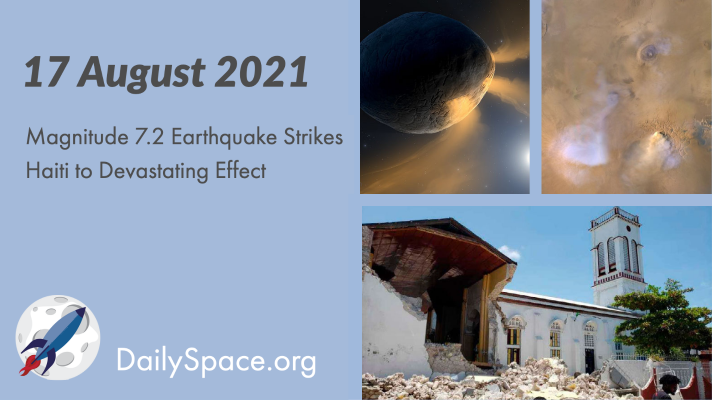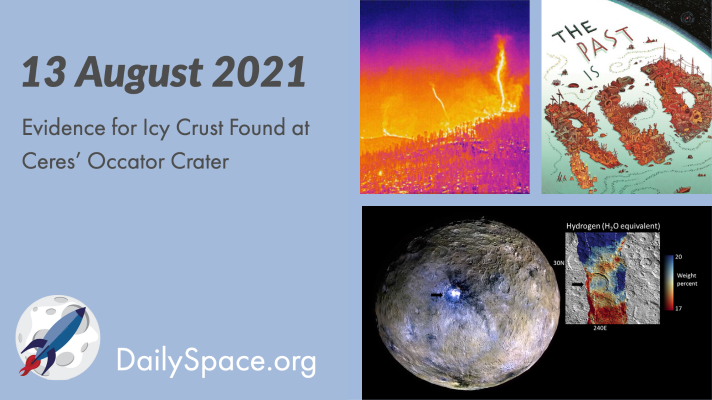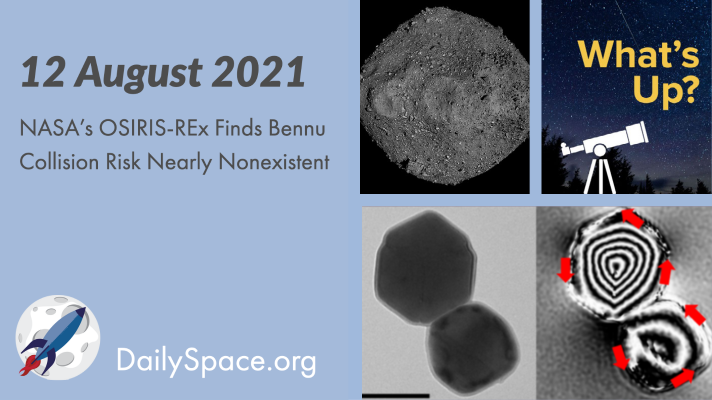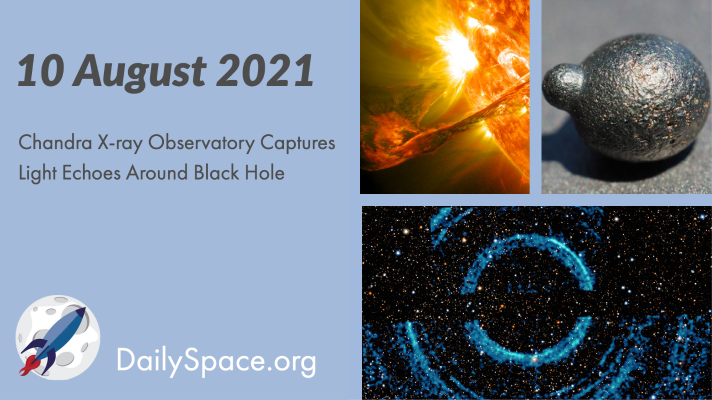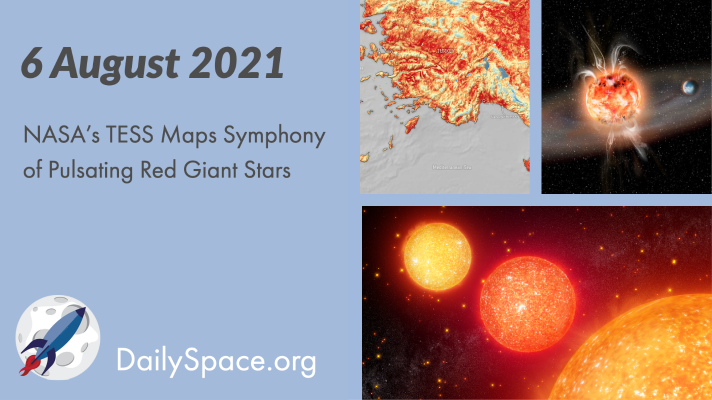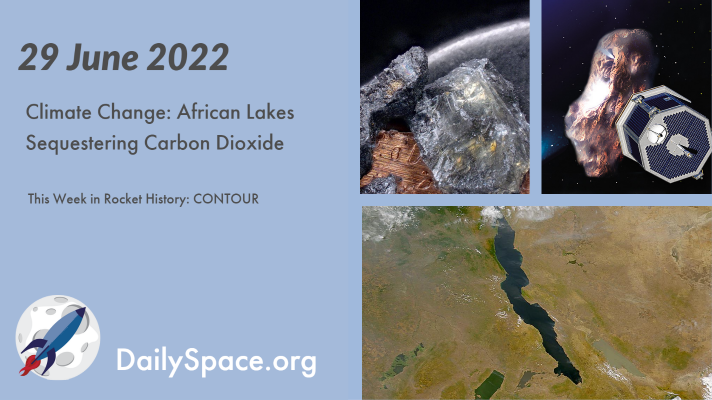
Climate Change: African Lakes Sequestering Carbon Dioxide
Today we look at a trio of climate change stories, which are mostly bad news, although one study has discovered that African lakes are doing more sequestering of greenhouse gases than emissions. Plus, the CAPSTONE launch, meteorite crystals, and this week in rocket history, a mission that launched… but failed.
Catch us on NowMedia TV
Saturday 11pm Central / midnight Eastern
Sunday 10pm Central / 11pm Eastern
Watch live on these stations: Houston 21.10, Atlanta 22.10
or tune-in on Apple TV, Roku, YouTube Live, or Amazon Prime
Magnitude 7.2 Earthquake Strikes Haiti to Devastating Effect
A magnitude 7.2 earthquake shook the island nation of Haiti, destroying thousands of homes and resulting in the loss of over 1,400 people. Additionally, Tropical Depression Grace arrived and hampered rescue efforts. Plus, the asteroid Phaethon is outgassing sodium, studying Mars’ moons in the search for life, and how dust storms helped dry out Mars.
Evidence for Icy Crust Found at Ceres’ Occator Crater
Using a neutron spectrometer on board the Dawn spacecraft, scientists have found elevated concentrations of hydrogen in Ceres’ Occator Crater, which provides evidence of an icy crust. Plus, everything is on fire in the western United States, and we review “The Past is Red” by Catherynne M. Valente.
NASA’s OSIRIS-REx Finds Bennu Collision Risk Nearly Nonexistent
After careful analysis of orbital data, gravitational forces, and several other factors, NASA’s OSIRIS-REx team calculated the risk of a collision with near-Earth asteroid Bennu to be 0.057% through 2300. Plus, magnetites in meteorites reveal solar system history, and the constellation Ophiuchus is What’s Up.
Rocket Roundup for August 11th, 2021
On this week’s Rocket Roundup, China launches two different rockets and an ISS resupply brings new technology and also student involvement. Plus, this week in rocket history, we look back at the impact of the Landsat program on monitoring Earth’s climate.
Chandra X-ray Observatory Captures Light Echoes Around Black Hole
Based on X-ray detections from the Neil Gehrels Swift Observatory, scientists used the Chandra X-ray Observatory and found rings called light echoes moving out from a black hole and its companion star, reflecting off the surrounding dust clouds. Plus, solving the puzzle of the Sun and using glassy nodules to find a meteorite impact.
NASA’s TESS Maps Symphony of Pulsating Red Giant Stars
NASA’s TESS spacecraft, which is primarily used to search for exoplanets, has now observed a veritable symphony of pulsating red giant stars, each with its own internal vibrations. This work was presented at this week’s TESS Science Conference. Plus, some more climate change news (bad) and superflares may be less harmful to exoplanets than thought (good).


 We record most shows live, on Twitch. Follow us today to get alerts when we go live.
We record most shows live, on Twitch. Follow us today to get alerts when we go live.

